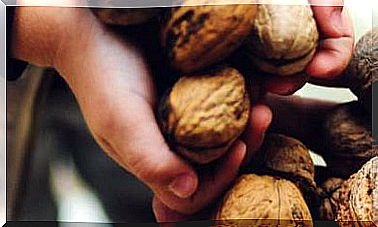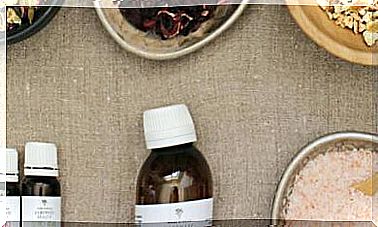E551: An Additive Under Suspicion
This food additive, silicon dioxide, is a common anti-caking agent. The European Food Safety Agency warns that it could contain nanoparticles and calls for more studies on its safety.

The European Food Safety Agency (EFSA) is not clear that the additive E551 (silicon dioxide) is safe for health. The agency warns that this additive may contain nanoparticles whose effect on the body is unknown.
May contain unsafe nanoparticles
Silicon dioxide, which is obtained from quartz in rocks and sand, is also known as synthetic amorphous silicon. It is used as a food additive in different forms: fumed silica and hydrated silica (including silica gel).
In general, it is considered that the body hardly absorbs silicon dioxide and that this makes it harmless, but residues of materials that contain it have been detected in some tissues.
Although the researchers admit that there is no evidence that the use of E551 can be harmful in the amounts used, they point out that there is a lack of data to confirm its safety and request that the regulations be clarified and that toxicological tests be carried out.
They recall that some of the toxicity studies were carried out in the sixties and seventies of the last century, with analysis methods that did not allow to determine if the content of silicon or silicon dioxide was being measured, or if it came from the food additive E551 , if it was present naturally or if it corresponded to other sources.
In addition, the additive is composed of agglomerates of primary nanoparticles larger than 100 nm. However, depending on the material used to obtain it and the process used to manufacture the additive “it cannot be totally ruled out,” says the agency, “that some of these agglomerates have dimensions less than 100 nm “, the limit to from which it should be indicated on the labeling that a product contains nanoparticles.
As a food additive, silicon dioxide is used as an anti-caking agent and to absorb moisture in powdered and ground products.
Among the foods in which it can be found are: spices, garlic powder, instant soups, grated cheeses, fried foods, chewing gum, sushi rice … It is also common to add it to supplements, to prevent the different ingredients from sticking together.
The problem of knowing whether or not a product has nanoparticles
The lack of certainty about the effects that nanoparticles could have on our health has led to the imposition of the obligation to report their presence on the labeling of products that contain or could contain them.
Recently, faced with the controversy generated by several food scandals, the French government analyzed thousands of products to review different aspects related to food safety. One of the aspects in which he noticed was the presence of nanoparticles in commonly used products and whether this presence was reflected in the labeling.
Of the 40 cosmetic products analyzed, it detected nanoparticles below 100 nm in 87% of the samples. Regarding food products, among which there were bakery products, decorations for confectionery and spices, nanoparticles were detected in 39% of the 74 foods analyzed.
However, this presence was barely reflected on the labels, so consumers were using or consuming them without the possibility of knowing that they might contain nanoparticles.









